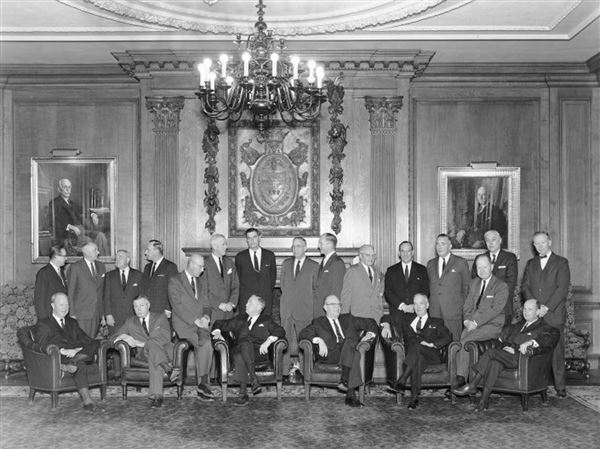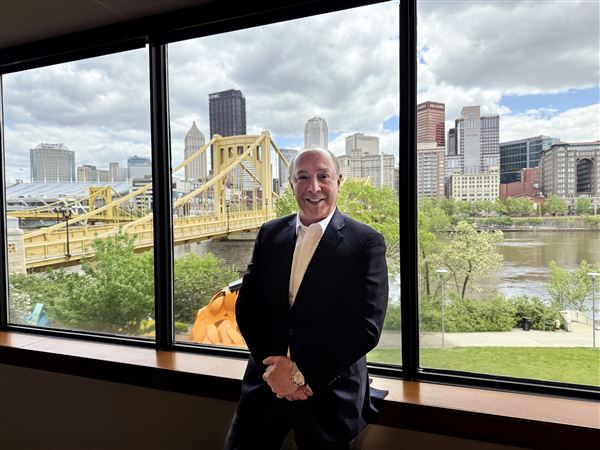Cheap energy has been a curse through American history, when most construction was not -- and still isn't -- configured to use energy optimally. Now those costs are rising. Heating and cooling not only create our largest property bills but are the worst culprits in greenhouse gas emissions from buildings.
One solution is an energy-efficient "passive" house, defined by a level of performance benchmarked by the Passive House Institute U.S.
Lucy de Barbaro and Ayres Freitas plan to build one in Squirrel Hill and expect to put the construction work out to bid this summer. It would be the first new passive house construction in the city.
They will present their plans on June 26 in a Green Building Alliance "Lunch and Learn" session from 11:30 a.m. to 1 p.m. at 33 Terminal Way, Suite 331, South Side. Free to alliance members, it is $5 for others. For more information and to register, go to www.go-gba.org/events.
Between the costs of running the refrigerator and other plug-ins, plus the occasional need for a low-energy heat pump on bitter days, the couple expect to pay $200 a year for energy. The building will have no furnace or air conditioning. It will have solar panels, "to feed into the grid," Ms. de Barbaro said, but passive house certification doesn't require them; a house can be designed for maximum warming through windows -- triple-paned windows, with the fridge doubling as a heat source.
Ms. de Barbaro, a native of Poland, and Mr. Freitas, a native of Germany, shared with me their drawings and interest in being passive house ambassadors. She said growing up in communist Poland contrasted sharply with life here, "where choices are abundant, yet so few people make them."
Even though passive houses use 80 percent less energy than standard new construction of similar size, they are not spreading like wildfire. They typically cost 10 percent more to build. They are common in Germany but are novelties here "due to lack of familiarity, I think," said Mr. Freitas, who teaches physics at the University of Pittsburgh.
"And possibly lack of concern," said Ms. de Barbaro.
Aurora Sharrard, vice president of innovation at the Green Building Alliance, said the local trend is "bit by bit, a handful."
Laura Nettleton, a principal at the green architectural firm Thoughtful Balance, said she thinks the passive house is "the wave of the future." She is retrofitting an old house in Shadyside to meet passive house standards, and her firm -- which built the area's first for ACTION-Housing in Heidelberg last year -- has also been tapped by ACTION-Housing to retrofit the former McKeesport YMCA, now a homeless shelter.
ACTION-Housing also has a demonstration "net zero" house in East Liberty. Net zero houses get all their energy from renewable sources and are not rated by performance, while a passive house is certified for performance. Its success is based on air-tight construction working in tandem with an energy exchange system for ventilation.
Mr. Freitas explained that exchange as resembling a checkerboard, "with outgoing air going into the black squares and incoming into the white ones."
The duplex to be built on Fernwald Road will cost roughly $300,000 for each half and sit on a 7,000-square-foot lot. The couple are seeking "a partner who is devoted to the environmental cause" to occupy the other half of the property, Ms. de Barbaro said.
She said that having attached units "reduces the heat loss by 20 percent in the case of our duplex, compared to having two houses standing separately." While construction costs are higher for a passive house, she said that's more than offset by savings on energy bills.
The low cost historically of heating and cooling a U.S. home is cited as a reason for slow growth of the passive housing movement. But that kind of thinking "is indeed a serious problem," Ms. de Barbaro said, "because the cost does not reflect the pollution, health impacts, climate change and all the costs the energy industry externalizes and that society pays in a different way."
First Published: April 30, 2013, 8:00 a.m.
Updated: April 30, 2013, 8:15 a.m.















